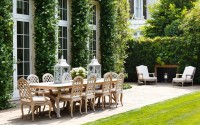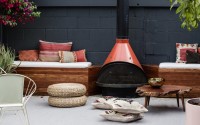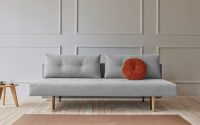Vintage Furniture in a Modern Setting: Create an Ideal Mix of Old & New
Do you have a sleek modern interior with clean lines and minimalist décor that feels a bit too cold and empty? Vintage furniture may be what you need to give it an ideal dose of warmth and cosiness.
Yes, you’ve read that correctly. You can totally fit vintage furniture into a contemporary design scheme to produce an interior that feels new but has that warm lived-in vibe that makes it feel like a home. Mixing the new with the old – be it with a mid-century sofa, an art deco coffee table or Bentwood dining chairs can add a one-of-a-kind flair to your home.
However, buying vintage furniture can be daunting, especially if you’ve never done it before. And then, you also need to know a few things on how to style it properly. To help you, here are some tips on how to properly blend a sleek contemporary backdrop with the right vintage furniture.
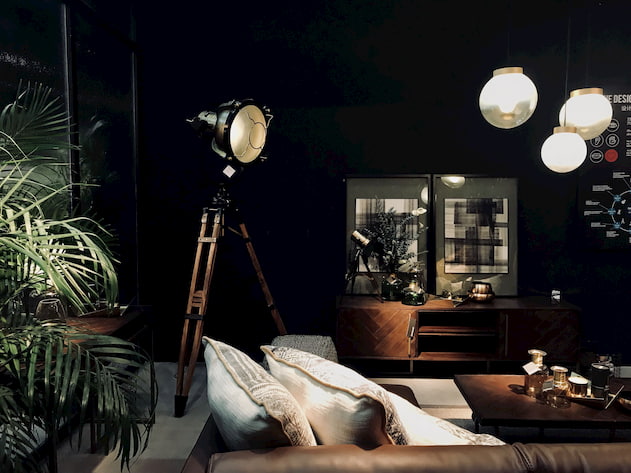
Source: pinterest.com.au
Vintage Doesn’t Necessarily Equal Old
When you think of something vintage, you automatically think of an object that’s decades old and somewhat deteriorated. This is the main reason why even those who love vintage design are unsure about investing in vintage furniture. In order to find something that’s still in good shape and has retained its functionality, you need to go over countless shops.
Luckily, buying vintage-style pieces is now easier than ever. With the popularity of vintage style on the rise, many furniture manufacturers today also produce designer vintage furniture that offers the nostalgic look packed in an object in pristine condition.
As opposed to antique finds that are known to cost quite a lot, modern vintage furniture has a more acceptable price tag. This allows you to outfit your home with some dramatic, luxurious-looking furniture for less.
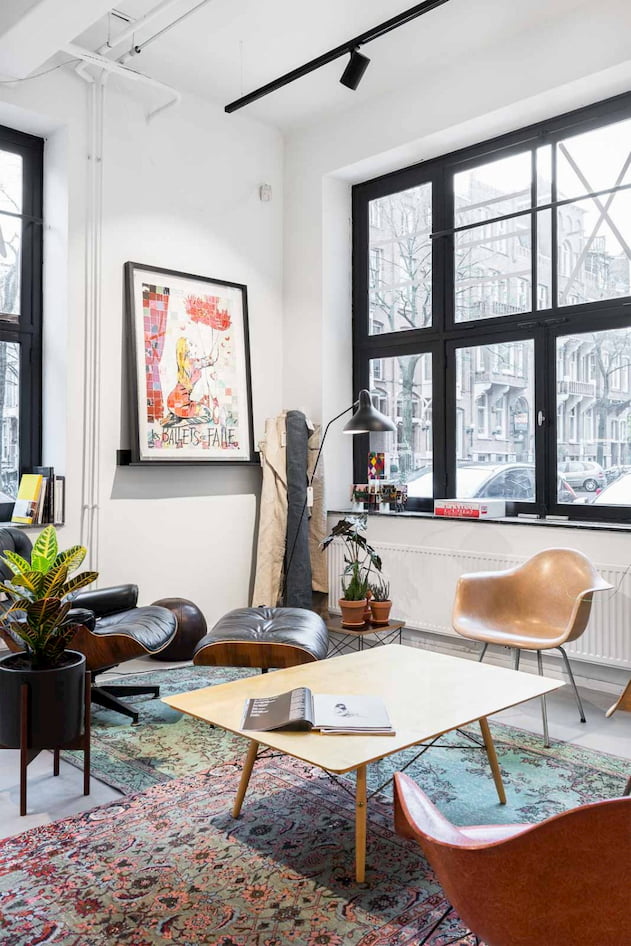
Source: ibizainteriors.com
How to Know It’s Worth Your Money
If you haven’t managed to find modern vintage furniture, and plan to try your luck at antique shops and flea markets, then get prepared. It’s important to make sure that the piece is in good condition and can withstand future use. But assessing the quality of genuine vintage furniture can be hard. How can a novice distinguish which signs of ageing are good and which bad?
Genuine vintage furniture will have natural patina, such as wear around the handle and dirt in crevices. This is normal and doesn’t affect the durability of the piece. However, if you notice that furniture made of metal has signs of corrosion, it’s not worth to invest in it. Generally, it’s recommended to buy hard vintage furniture such as a cabinet, coffee table or dining chairs without upholstering. Reupholstering old furniture, like a sofa, isn’t cost-effective and is usually hard to do it on your own. So, if you do want your living room to be graced with an antique sofa, it’s best to buy it from a modern vintage furniture supplier.
How to Style Vintage Furniture
Besides finding vintage pieces that are worth your money, you may also have a hard time to fit vintage furniture into your setting smoothly. To cleverly combine vintage and modern, here’s a great tip: make sure there isn’t anything that seems to “jump out”. You need to create a setting that allows the eye to smoothly travel from one element to another without being surprised or overwhelmed.
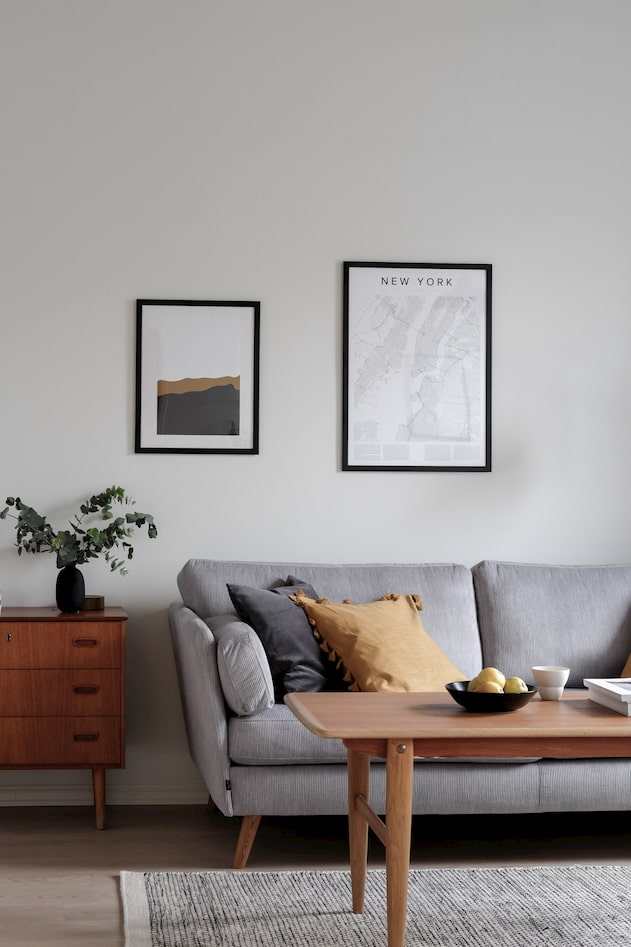
Source: anureinson.com
To succeed in this, try to group the pieces strategically. To build a group, use pieces that complement each other. In other words, try to distribute pieces so that they have one common feature, even if they aren’t from the same time period. An example can be combining vintage metal bar stools, vintage metal pendant lights and a crisp contemporary counter with a metal edge in the kitchen. The metal is a feature that ties this combo together beautifully so that it works. Colour can be another feature to tie a group together.
However, even if you’ve nailed your groupings, the whole space itself still may not look balanced right. To make sure that the separate groups work together, you can apply the rule of three. This is a rule that has long been used by interior designers to create eclectic settings that aren’t too overwhelming. For instance, you can only stick to three single colours in the entire room. Or focus on using three types of materials or fabrics.
But even though this may seem complicated, when compared to the strict rules of other interior styles, like for instance Scandinavian, it’s a lot easier to execute. A vintage modern interior will have an eclectic vibe, and like all eclectic styles, there really are no rules on what you can include. For instance, you can be free to include a Victorian-style chair and a mid-century lamp – items from completely opposite ages.

